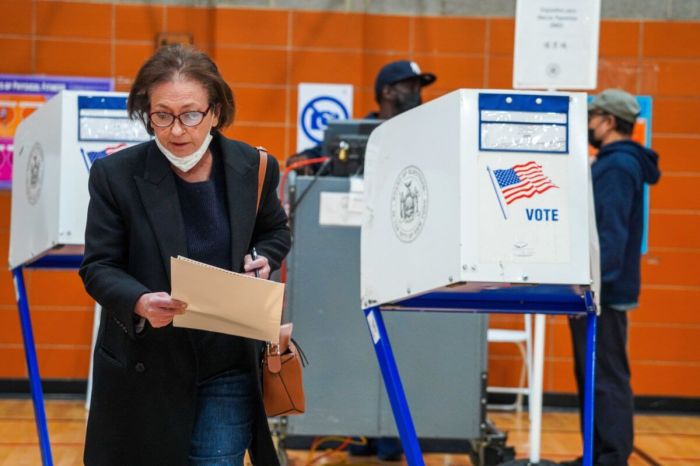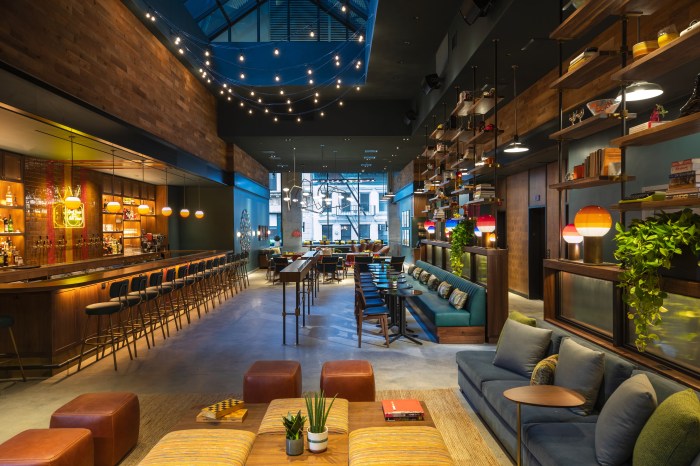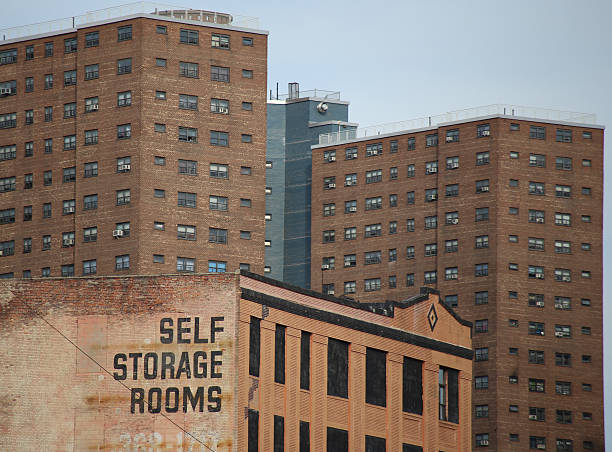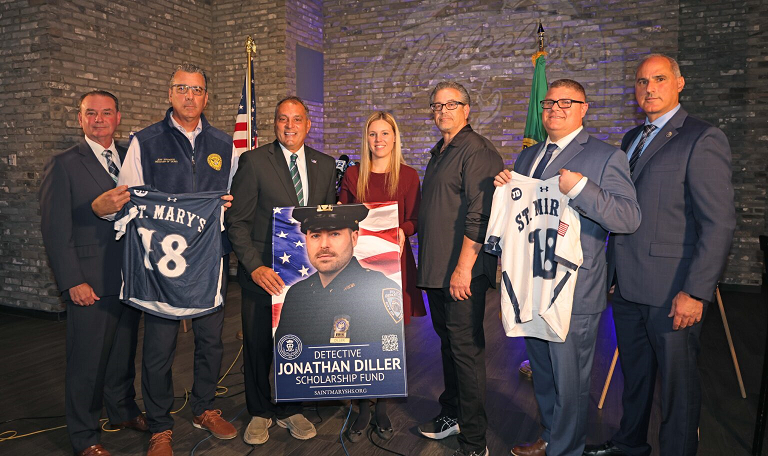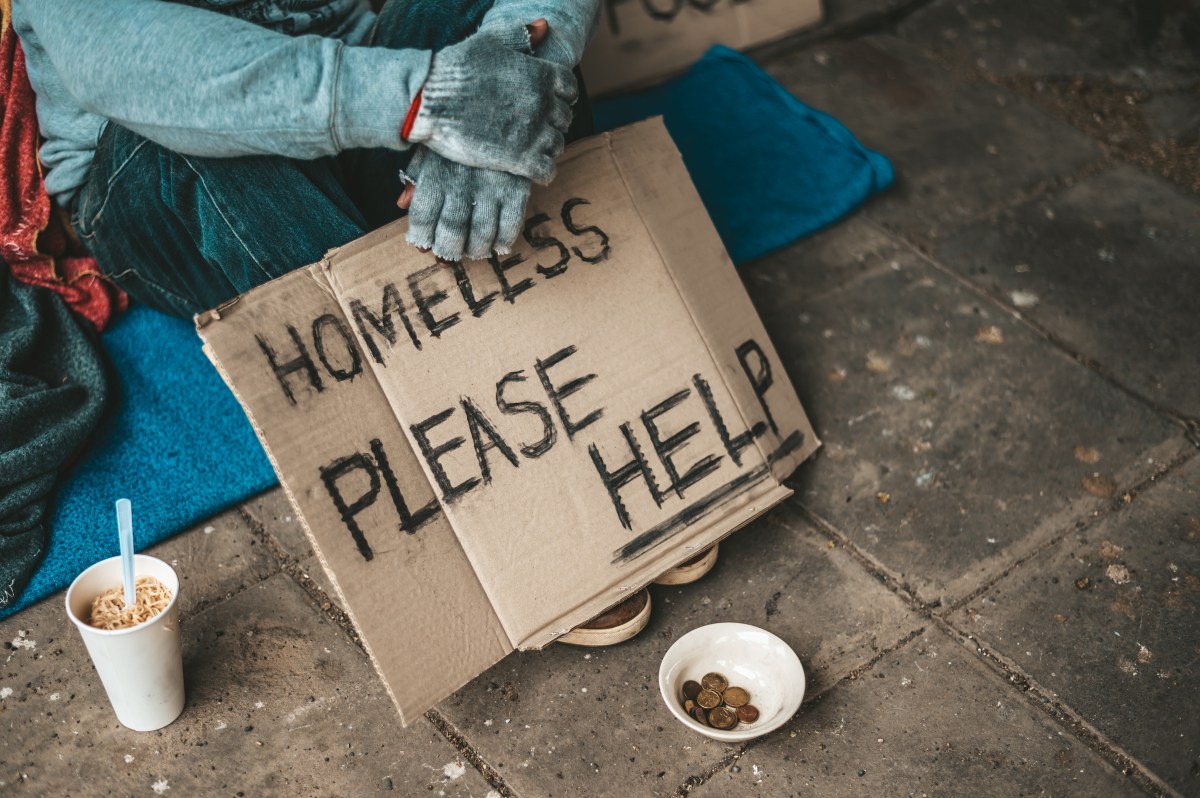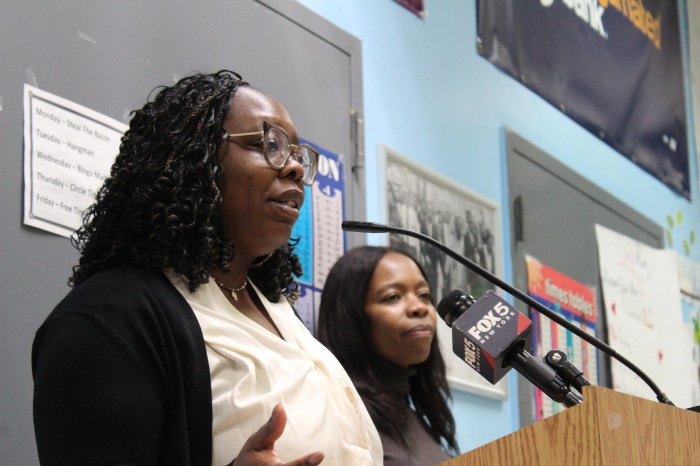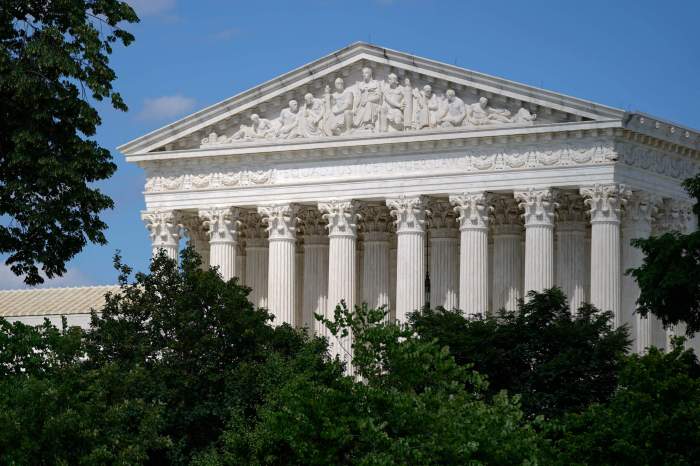
It’s time to stop the carnage on our streets.
On Friday night, 73-year-old Alexander Shear, an avid antiques collector, was killed when a tour bus struck him at 96th Street and Broadway in Manhattan.
Thirty minutes later and a few blocks away, 9-year-old Cooper Stock lost his life when a taxi smashed into him and his father as they crossed West End Avenue.
On Saturday afternoon, 32-year-old Nydja Herring, the mother of two young twins, died when an allegedy drunken driver plowed into her as she crossed East Tremont Avenue in the Bronx.
The city is jammed daily with motorists and pedestrians on streets originally designed for horses and wagons and streetcars. In Manhattan below 60th Street alone on most business days, about 778,000 vehicles compete for space with a crush of humans numbering in the millions.
Too often it’s a lethal mix — and not just in Manhattan.
One person dies in city traffic about every two days, and the advocacy group Transportation Alternatives says drivers are at fault in 60 percent of these fatal crashes.
The good news is that Mayor Bill de Blasio and NYPD Commissioner Bill Bratton have embraced a plan to reduce traffic deaths called Vision Zero — as in zero traffic deaths someday. The mayor wants to lower speed limits where appropriate and redesign some of the city’s more treacherous street configurations.
He also has called for home rule on speed cameras — meaning he wants Albany to let the city install speed cameras wherever it wants. As logical as that notion may seem, it will face hard opposition from the Patrolmen’s Benevolent Association, which worries inordinately that cameras may displace officers.
That fear makes little sense because the NYPD isn’t exactly flooding the streets now to enforce speed laws.
Meanwhile, the city also needs to work with state and federal agencies to make sure all drivers — in buses, trucks, limos, you name it — are properly licensed.
On our frantic and dangerous streets, Vision Zero is urgently needed to save lives.




